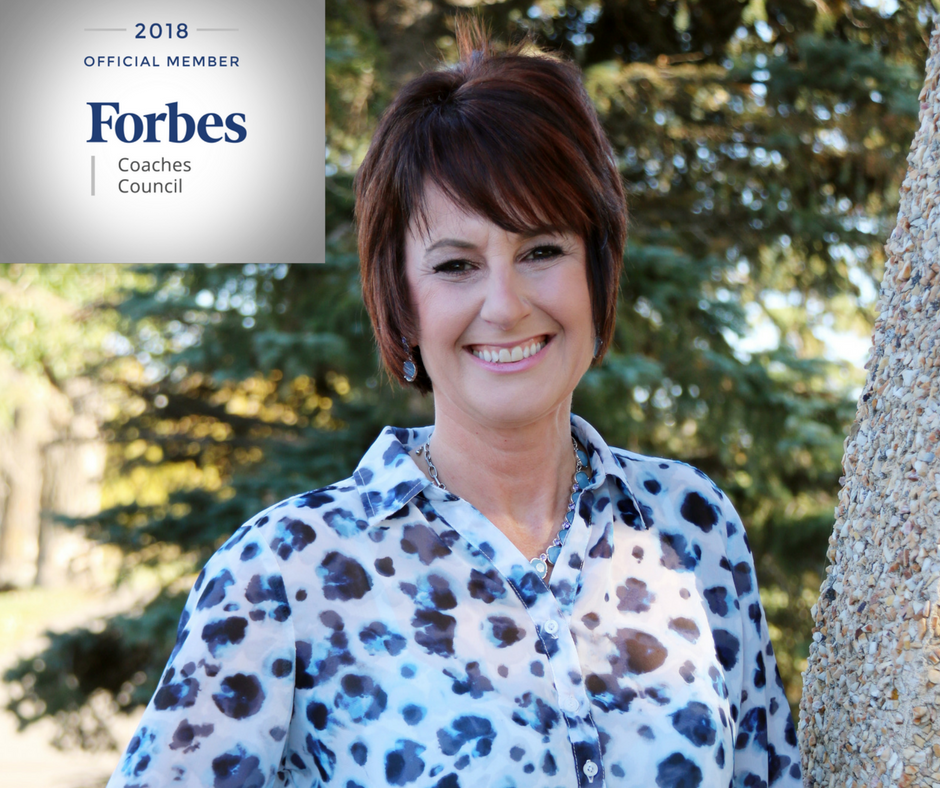This week, I’ll continue to share my experience with Change Management focusing on The Neutral Zone.
If you’d rather read about this topic, the transcript is a little further down, so keep on scrolling.
Without further ado, here we go!
Change Management: My Experience As An Executive Director: Part 1 on The Neutral Zone | Tips Tuesday for Leaders from Karin Naslund on Vimeo.
Here’s where you can find William Bridges’ book, Transitions: Making Sense Of Life’s Changes –> http://bit.ly/williambridgestransitions
Transcript:
Change Management: My Experience As An Executive Director: Part 1 on The Neutral Zone
I’ve been talking about change and in particular transition using William Bridges’ model on transition. Today I want to talk with you more about the neutral zone and then continue my story of how we used his resources to improve how we moved our staff through a staff restructuring.
The neutral zone is the time between what was and what now is, or what people come to accept as the new beginning. It’s a time of chaos; it’s also a time of opportunity and creativity. There are certain behaviors that you can expect from people through the neutral zone. I mentioned endings in one of my previous Tips Tuesdays; that is when people are looking at what they had to give up. The losses and the things that are going to be changing for them. In fact, when it has to do with an organization or business, their main concern initially is about job security. Keep that in mind as you talk or develop strategies around your change initiatives.
Secondly, people feel uncomfortable when trying something new, so you have to monitor it. Do not stop the process. However, you can slow things down if it seems to be happening too quickly, and if it seems to be impacting people negatively and is challenging them to move forward. Don’t stop what you started, recognizing it is going to be uncomfortable and people will want to go back to what was.
I’ve got an easy exercise for you to give you an indication of what change feels like. It’s something that you can do at a team meeting to show your staff the impact change has on us. You can try now to write in cursive, not printing, your first and last name five times with your non-dominant hand. I do this exercise in my training sessions, and I attend to what people are saying while they’re going through it. I ask them questions like: Is it taking you longer? Why aren’t you done yet? Are you having to think about what you are writing and how to form the letters now that you’re using your non-dominant hand? You end up getting all kinds of feedback that is typical of what happens when people experience change. It’s an exercise you might want to try.
Thirdly, people feel alone even though there may be an entire organization going through it. It is very personal, and they’re thinking about themselves. People feel that someone, leadership, has asked them to move it move forward and why doesn’t leadership have all the answers to their questions. If you’ve been in a leadership position, you know that you do the best that you possibly can in terms of planning, but there is always the unexpected that comes up or things that you may not have the answers to. This can be frustrating, and people can feel like it’s chaotic because there isn’t the very linear movement from what you imagined something to be when you were doing the planning to rolling it out and moving it on to that place New Beginnings.
Some people may adapt more easily than others, and in fact, everyone has a different kind of response to change. In a previous Tips Tuesday video I say we all go through the same process but what differs is the amount of time that we spend in the neutral zone. We experience the same feelings and thoughts and behaviors but some people, possibly because of past experiences and mindset, will transition more quickly through and reach new beginnings before others will. You may see those people who transition more quickly through it to be somewhat frustrated with the staff that is taking longer; why aren’t they getting it? Why are they still struggling with it? And, and, and. But you need to give people time to move through at their pace. Once the majority of people have gone through the transition and are in new beginnings, and there are still some people struggling, that’s when you will want to sit down and have a conversation with them. Maybe look at other options, and find out what they’re struggling with, This may be a time and place when you know the change is beyond what they are prepared to undertake and you may have to help them to find alternatives either within or outside the organization.
Finally, people will create disaster scenarios. It’s the place we first go, so in a future video, I’m going to talk about the importance of communication from before the change happens, through the change, and afterward. Communication can help to alleviate the formation of disaster scenarios, but it’s really through conversation and support that people will start to see the possibilities, the potential in the learning and growth that can happen as a result of the change.
Stay tuned with me and we will continue looking at the Change and Transition Model. Also, I’ll continue to share my example using staff restructuring with you.
Until we meet again, remember: Success is yours. Bye for now!

Karin Naslund
CEO, Educator & Mentor, Naslund Consulting Group Inc.
Karin Naslund is the CEO of Naslund Consulting Group Inc. and trainer, mediator, and coach. She uses her 28-year tenure as a leadership guru to mentor new managers and leaders. Karin is a Forbes Coaches Council Member and Contributor on Forbes.com.
